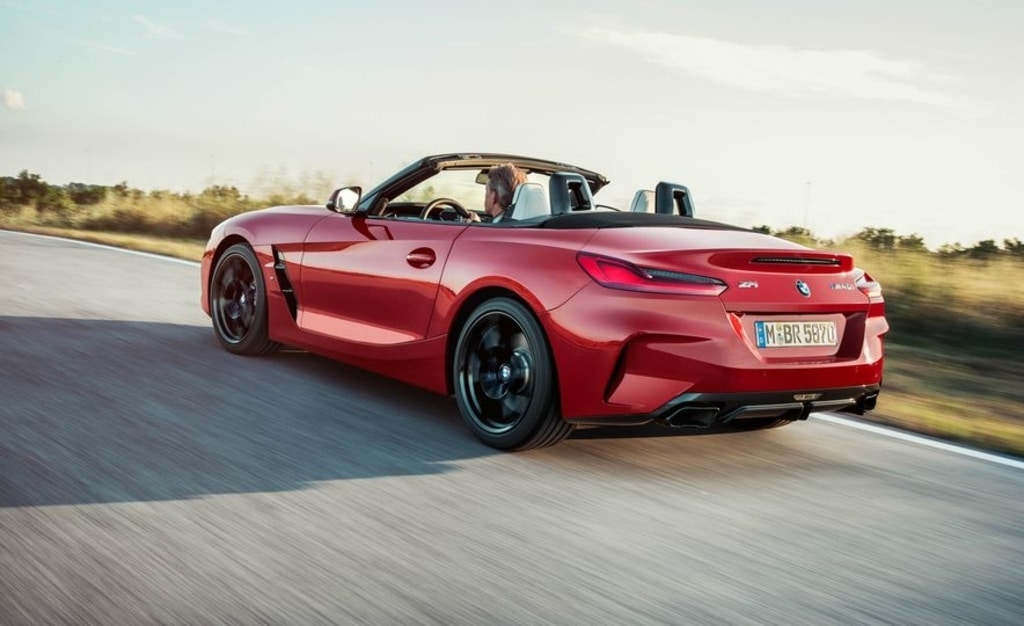Why need a second brand?

The answer lies in the money involved. Toyota doesn’t have an inline 6-cylinder engine to use, and BMW did. BMW was anyways going to make a BMW Z4, which is of the same category as the Supra. Toyota figured that they will collaborate with them, and carry forward the development of the car. For Toyota, this makes a lot of sense. These cars sell in fewer volumes, this means that the cost to develop a car from scratch can be recouped slowly. Toyota were able to achieve this price point because of the collaboration.
They could have pleased more hearts by making the car from the ground up, but the expense involved just doesn’t make sense for them as an organisation. Mind you, they have done this before, and it has worked great! Toyota developed the GT86 in collaboration with Subaru, who badge engineered it as the BRZ. The GT86 still sells impressive numbers for Toyota and Subaru. But the difference is that Toyota did most of the work in terms of power for the GT86. The car has received more flack than what it deserves because of its name, and that’s inevitable.
On the other hand, the 2016 Honda NSX was mediocre at best in terms of sales. Honda/Acura poured in a lot of resources in making a hybrid powertrain and a sports car only for uninspiring sales numbers. Initially, there were rumors of a hybrid Supra, but that wasn’t the case here. Toyota didn’t want to take the risk here, as in their main target markets (USA, Europe), they have a very different brand image than what they have in Japan.

